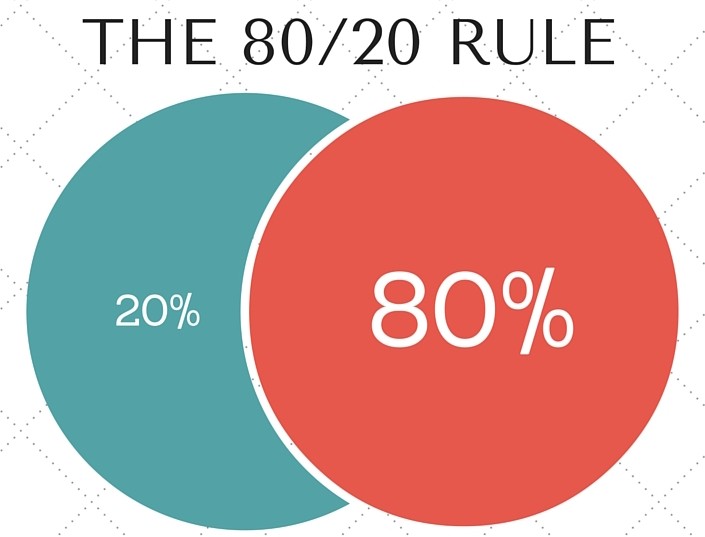
The 80/20 Rule—also known as the Pareto Principle—has become one of the most celebrated productivity hacks in business and life. The idea is simple: 80% of results come from 20% of efforts. Focus on the 20% that matters, and you can free up time, reduce stress, and achieve more with less.
But what happens when this rule fails you? What if your efficiency and laser focus on the “vital few” leads to hidden costs? Being effective is powerful, but like any tool, it comes with downsides when applied without balance.
The Illusion of Always Doing “What Matters Most”
One of the traps of the 80/20 mindset is believing that the remaining 80% can always be ignored. While those tasks may not yield immediate, massive results, they often build resilience, relationships, and long-term sustainability. For example:
Responding to small customer inquiries may not be revenue-heavy, but it creates loyalty.
Documenting processes may not directly generate sales, but it prevents chaos as you scale.
Investing in staff training might feel “slow,” but it avoids costly mistakes down the road.
Focusing only on high-output tasks can make you blind to the invisible infrastructure that keeps everything running.
The Burnout of Over-Optimization
Ironically, effectiveness can breed inefficiency. When you squeeze every ounce of productivity out of your time, you leave no margin for rest, creativity, or mistakes. At first, it feels empowering—but over time, the pressure to always be “effective” leads to burnout. The brain needs white space to innovate. True breakthroughs often come from “unproductive” activities like walking, reading fiction, or brainstorming without a clear ROI.
Relationships Suffer When Efficiency Rules
Humans are not machines. The 80/20 Rule applied to people can unintentionally create transactional relationships. If you only invest in the top 20% of “high-value” relationships, you risk neglecting the broader community that brings unexpected opportunities, encouragement, and support. The “low-return” conversations may seem like small talk, but they often plant seeds that bloom into meaningful partnerships later.
The Risk of Short-Term Thinking
The 80/20 Rule encourages focusing on immediate impact—but not everything valuable can be measured in short-term results. A business that prioritizes only its most profitable products might miss the slow growth of a future bestseller. A leader who ignores developing junior employees may enjoy short-term efficiency but suffer from talent gaps later. What looks like wasted time today might be the investment that secures tomorrow.
When Effectiveness Becomes a Cage
The downside of being highly effective is that it can narrow your perspective. You get so good at streamlining, optimizing, and cutting out “waste” that you leave little room for exploration. Creativity, innovation, and even joy thrive in the “inefficient” corners of life. Sometimes the best opportunities come not from focusing on the 20%—but from wandering into the other 80% with curiosity.
Striking a Better Balance
The 80/20 Rule is not wrong—it’s just incomplete. Effectiveness must be paired with:
Margin: Space for rest, experimentation, and mistakes.
Relationships: Time invested in people beyond their immediate “ROI.”
Vision: A long-term perspective that values seeds as much as harvests.
Flexibility: The freedom to explore outside your narrow lane of expertise.
When used wisely, the 80/20 Rule is a sharp tool. But like any sharp tool, misuse can cut deeper than intended. The key is not just to be effective—but to be holistic, balanced, and human.
✅ Takeaway: Effectiveness is not the ultimate goal—impact, sustainability, and fulfillment are. Sometimes, that means spending time on the “inefficient” 80%.




